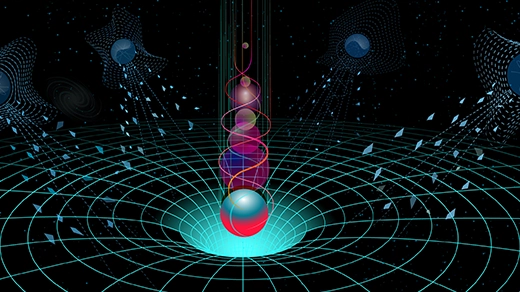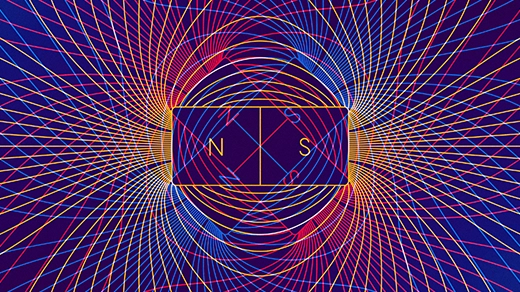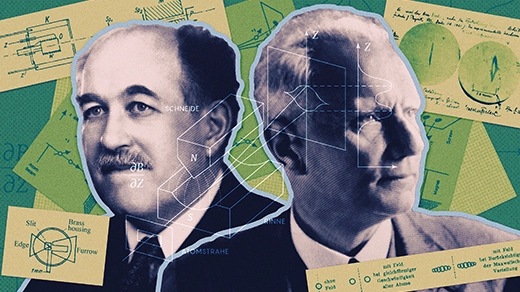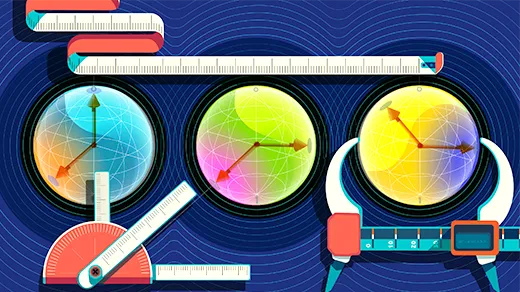What's up in
Quantum physics
Latest Articles
Can Information Escape a Black Hole?
Black holes are inescapable traps for most of what falls into them — but there can be exceptions. The theoretical physicist Leonard Susskind speaks with co-host Janna Levin about the black hole information paradox and how it has propelled modern physics.
What Is Quantum Teleportation?
Teleporting people through space is still science fiction. But quantum teleportation is dramatically different and entirely real. In this episode, Janna Levin interviews the theoretical physicist John Preskill about teleporting bits and the promise of quantum technology.
Physicists Finally Find a Problem That Only Quantum Computers Can Do
Researchers have shown that a problem relating to the energy of a quantum system is easy for quantum computers but hard for classical ones.
What Is the Nature of Time?
Time is all around us: in the language we use, in the memories we revisit and in our predictions of the future. But what exactly is it? The physicist and Nobel laureate Frank Wilczek joins Steve Strogatz to discuss the fundamental hallmarks of time.
A Quantum Trick Implied Eternal Stability. Now the Idea May Be Falling Apart.
A series of advances seemed to promise the impossible: the existence of quantum states that would never, ever fall into disarray. But physicists are now discovering that the pull of disorder may not be so easily overcome.
New Kind of Magnetism Spotted in an Engineered Material
In an atomically thin stack of semiconductors, a mechanism unseen in any natural substance causes electrons’ spins to align.
The Year in Computer Science
Artificial intelligence learned how to generate text and art better than ever before, while computer scientists developed algorithms that solved long-standing problems.
The (Often) Overlooked Experiment That Revealed the Quantum World
A century ago, the Stern-Gerlach experiment established the truth of quantum mechanics. Now it’s being used to probe the clash of quantum theory and gravity.
The Quest to Quantify Quantumness
What makes a quantum computer more powerful than a classical computer? It’s a surprisingly subtle question that physicists are still grappling with, decades into the quantum age.








